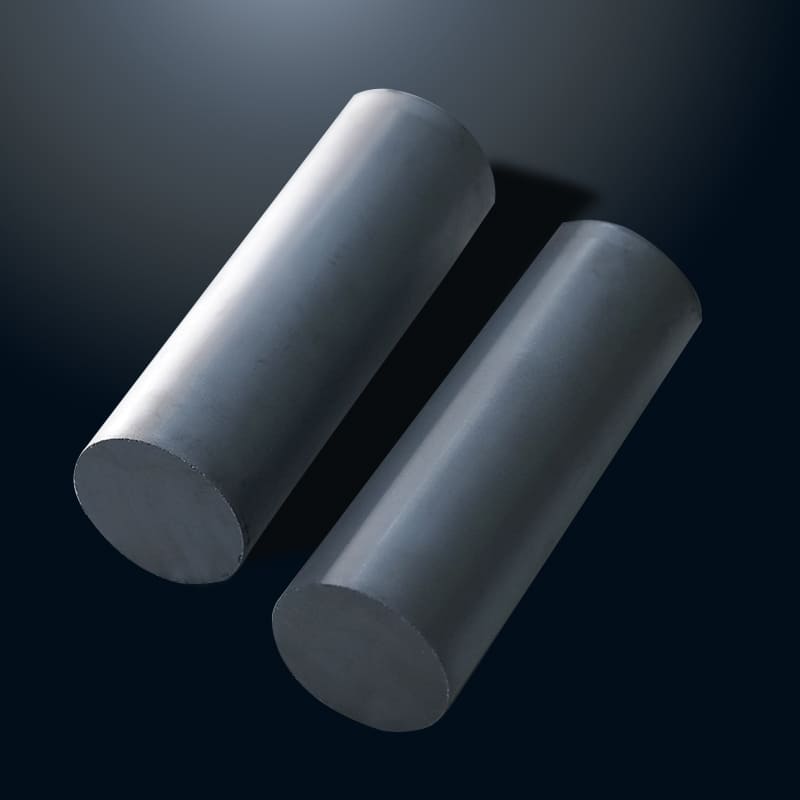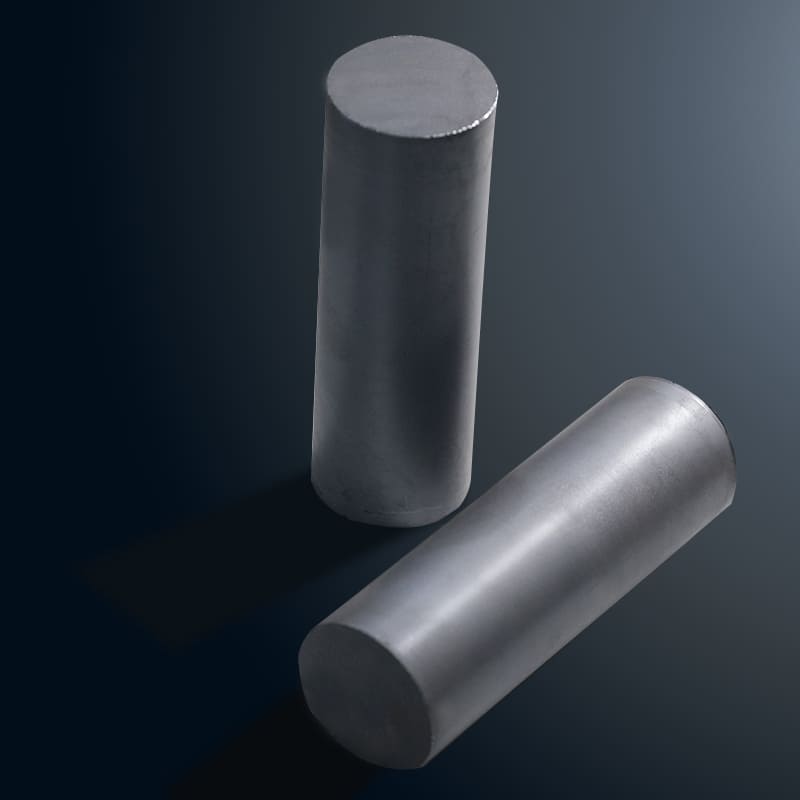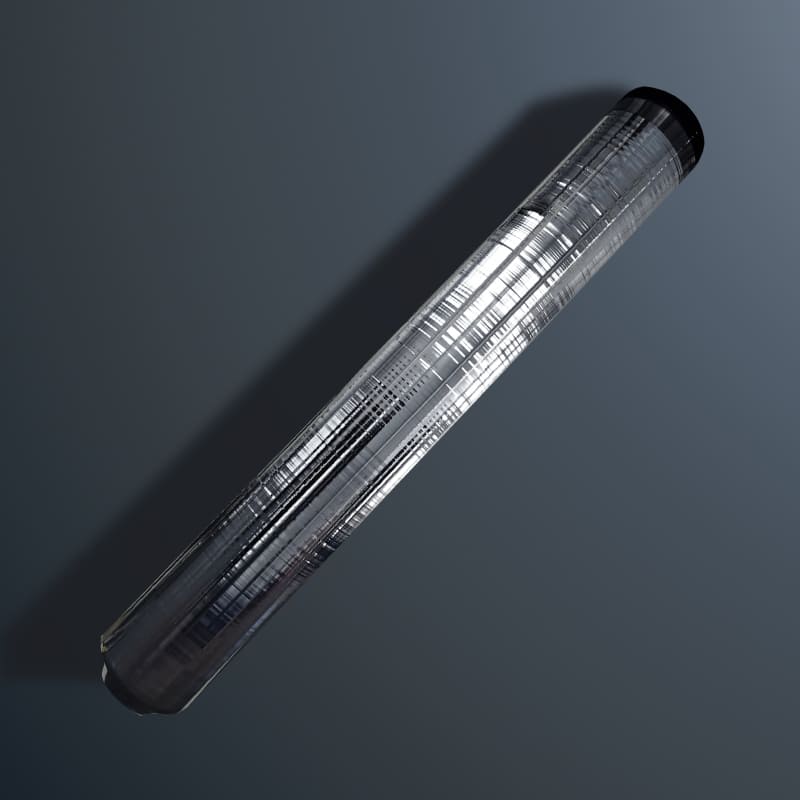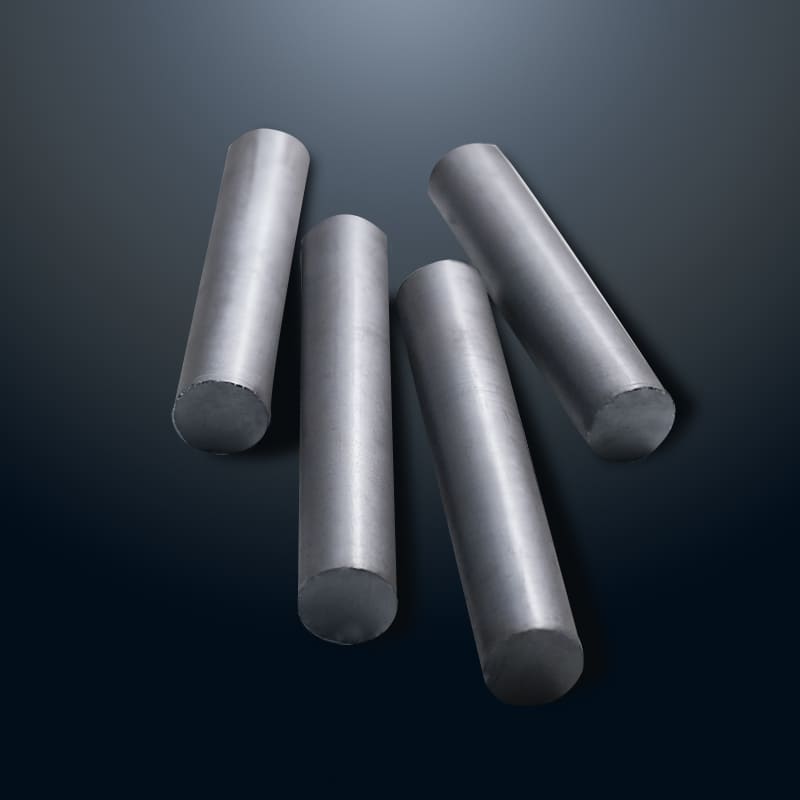Silicon crystal is an important semiconductor material with unique crystal structure and physical properties. In silicon crystals, silicon atoms are connected by covalent bonds to form a stable crystal structure. So, how many silicon silicon bonds are there in silicon crystals?
The crystal structure of silicon crystals
Silicon crystals belong to face centered cubic lattices, with four adjacent silicon atoms surrounding each silicon atom. These four adjacent silicon atoms are covalently linked to the central silicon atom, forming a tetrahedral structure. Therefore, each silicon atom forms covalent bonds with four adjacent silicon atoms in the silicon crystal.
Due to each silicon atom in a silicon crystal being connected to four adjacent silicon atoms, each silicon atom contributes two electrons to form covalent bonds with adjacent silicon atoms. This means that each silicon silicon bond is jointly contributed by two silicon atoms. Therefore, in silicon crystals, each silicon atom forms four silicon silicon bonds with four adjacent silicon atoms. It should be noted that the silicon silicon bond here refers to a pair of silicon atoms connected through covalent bonds. In silicon crystals, there are other types of bonds, such as silicon hydrogen bonds, silicon oxygen bonds, etc. The existence of these bonds also has a significant impact on the properties and applications of silicon crystals.
Each silicon atom in a silicon crystal forms four silicon silicon bonds with four adjacent silicon atoms. This stable crystal structure gives silicon crystals excellent physical and chemical properties and is widely used in fields such as semiconductors, electronics, and optoelectronics.
The above is an interpretation of how many silicon silicon bonds exist in silicon crystals. We hope it will be helpful to you. If you have any questions, please feel free to consult or leave a message online.










